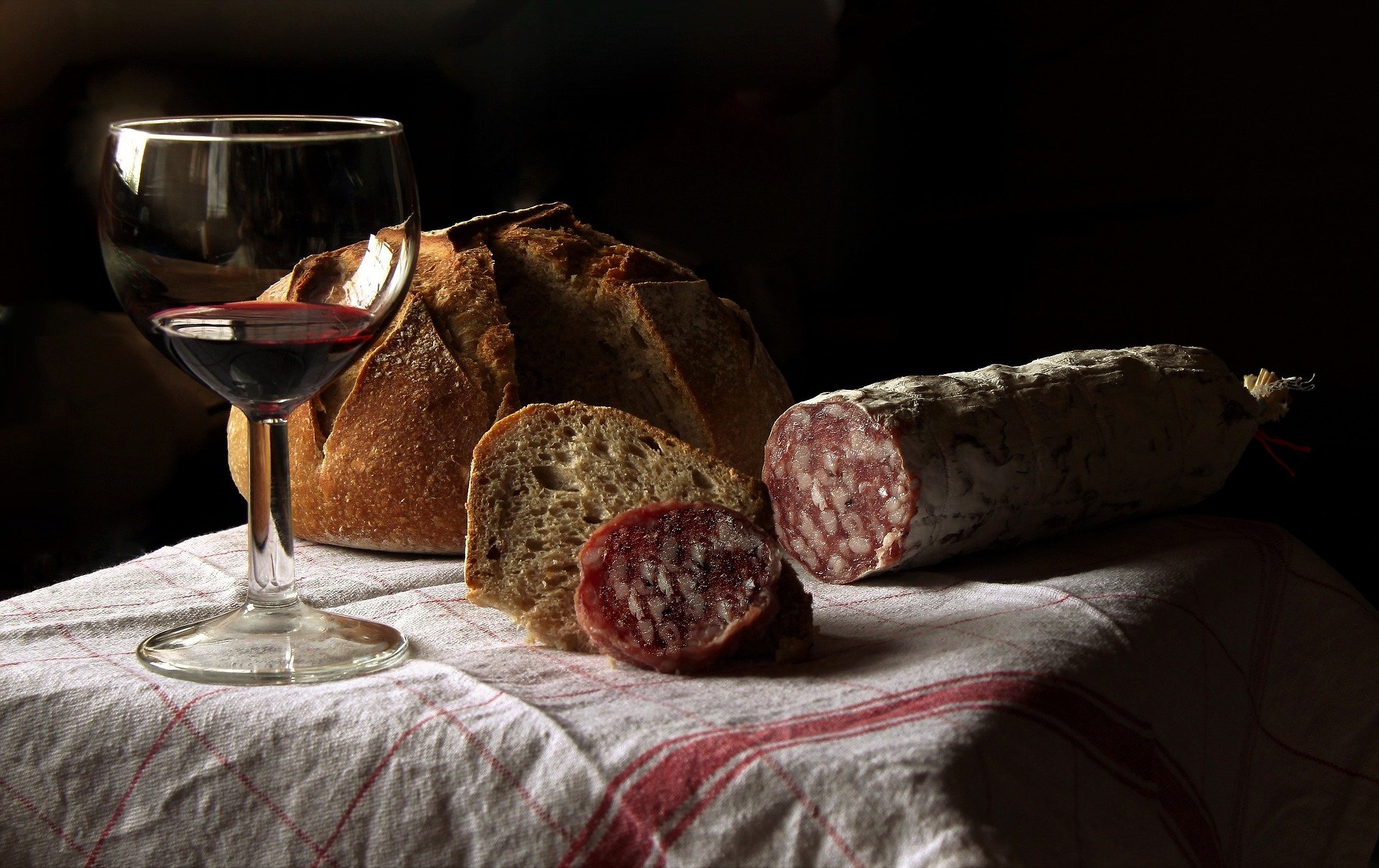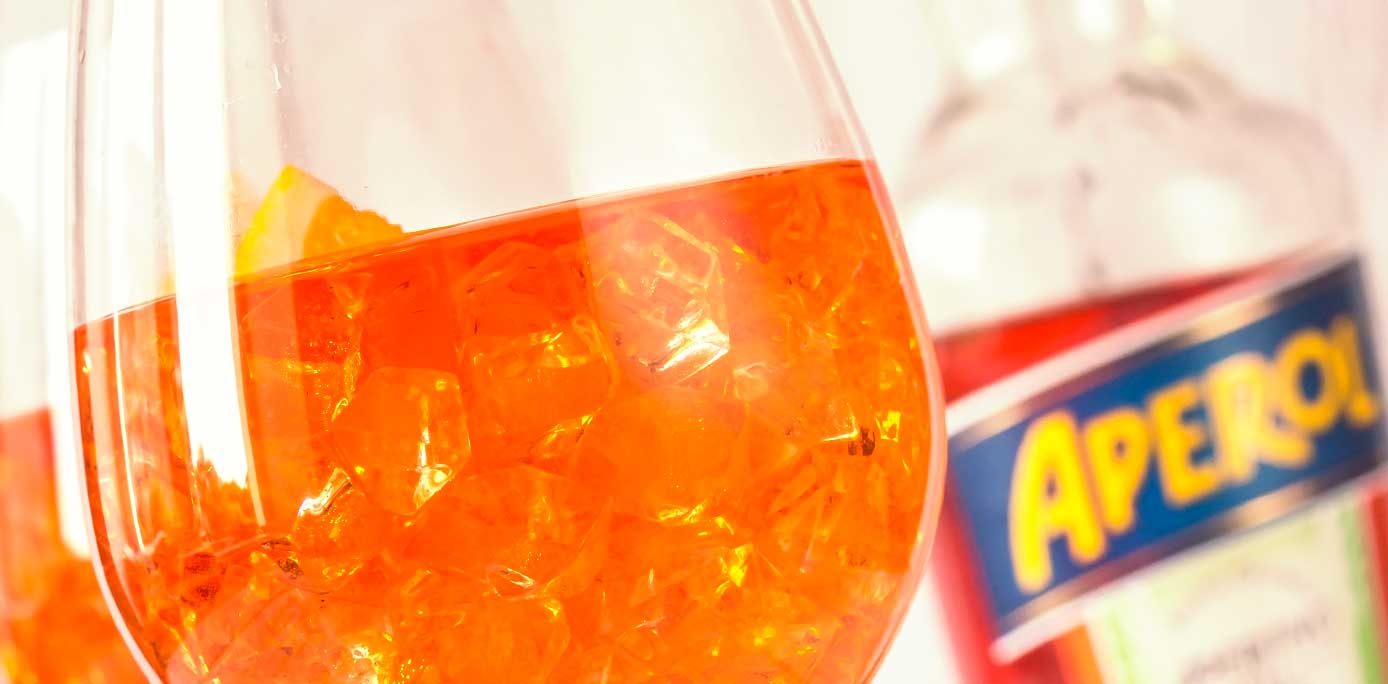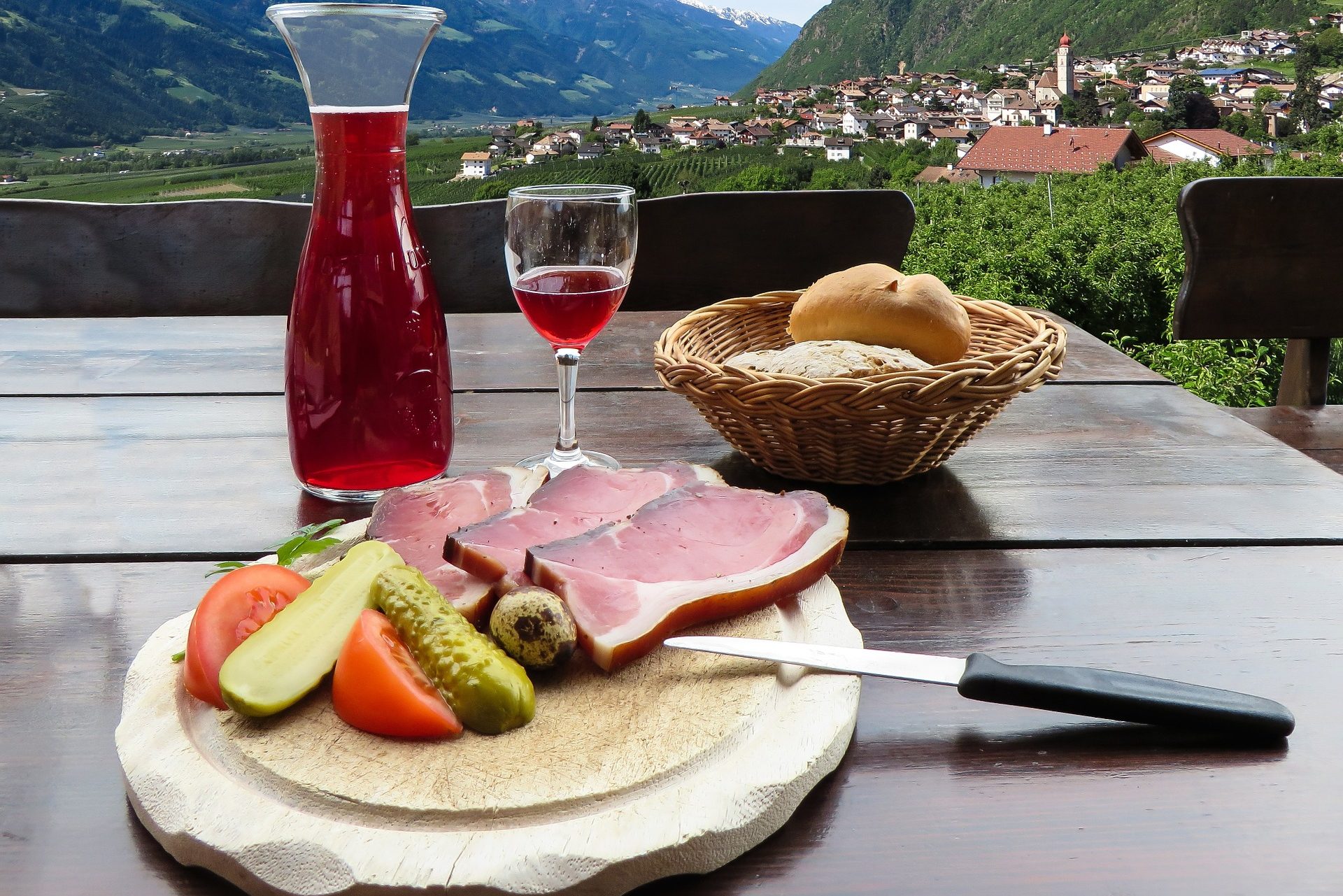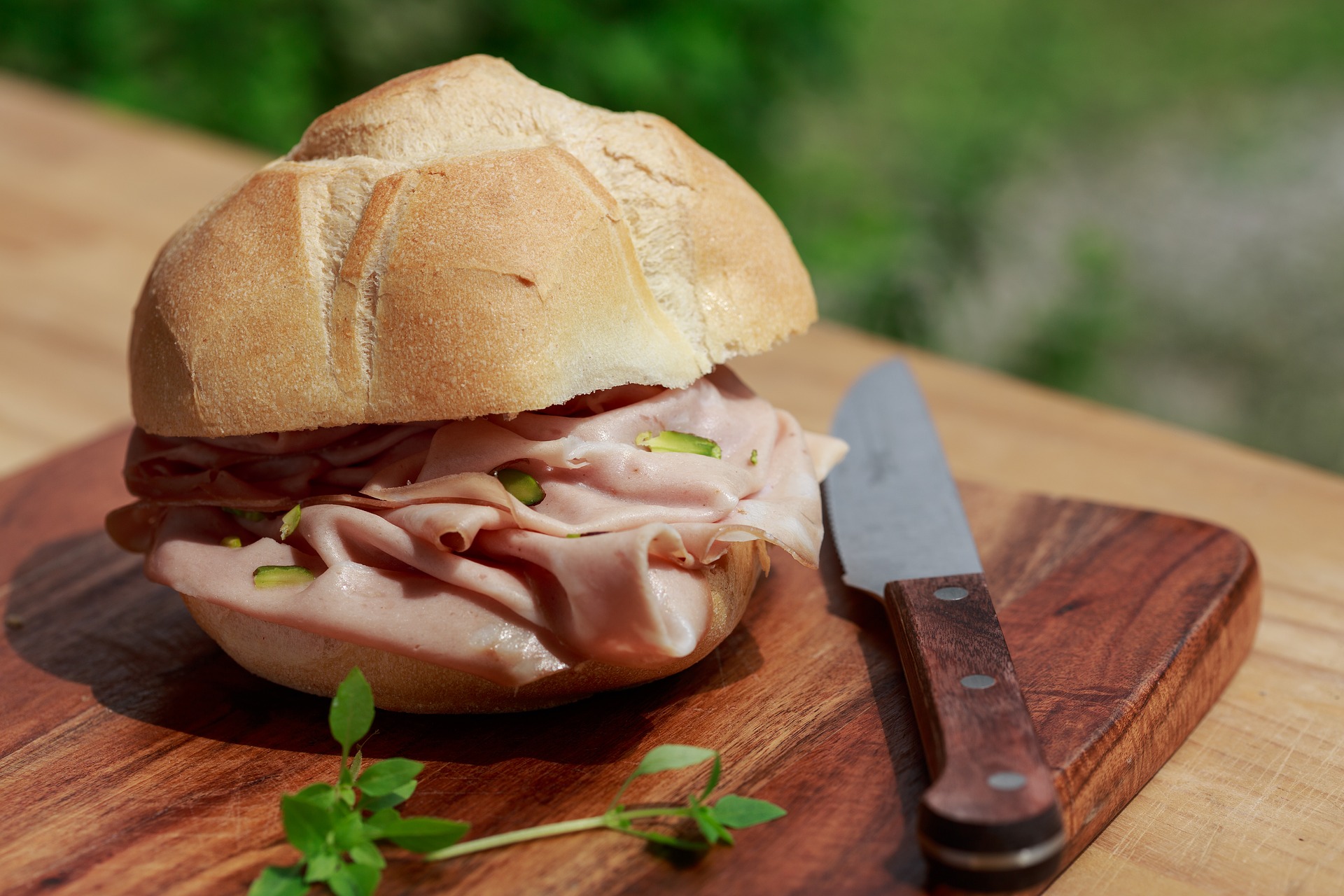Conversation about Sicilian wines so often leans toward the island’s well regarded white wines. Sicily’s white wines can indeed be wonderful. But, the island is also home to native red grape variety Nero d’Avola, which can turn heads, too, and is deserving of a bit of the limelight.
I wouldn’t exactly say that Nero d’Avola is uncelebrated. It’s just that not so many folks outside of Italian wine circles are familiar with Nero d’Avola by name. The variety has no doubt suffered from a bit of anonymity. Chances are that even newbies have encountered the variety without even knowing it as Nero d’Avola is a majority component in many appellations. Although consumer awareness of Nero d’Avola has certainly improved in recent years, there is still a way to go toward broad recognition for this variety that, in the right producer hands, can give remarkably good wines.
Sicily’s 2nd most planted cultivar (after Catarratto), Nero d’Avola is actually listed by its official name Calabrese in Italy’s National Registry of Grape Varieties. In his book Native Wine Grapes of Italy, Ian D’Agata explains the genesis of the name Calabrese and how it derives from Sicilian dialect “Calau Avulisi”, meaning coming down from Avola (little town near Ragusa). Modifications followed: Calaurisi, Calavrisi, Calabrisi, Calabrese. Finally, points out D’Agata, due to the Italian habit of calling dark grapes Nero-Something, “…the dark-berried grape from Avola became Nero d’Avola in popular winespeak”. Which is just as well, I think, insofar as the potential for confusion between Calabrese and Calabria seems all too great and likely inevitable. More importantly, through producer promotion efforts, the modern wine world widely recognizes the variety as Nero d’Avola anyway.
Nero d’Avola is at home most everywhere on the island of Sicily where the variety accounts for approximately 16,500 hectares of vineyards, according to ItalianWineCentral.com, one of my favorite internet references for that type of information. In fact, the only area of Sicily where Nero d’Avola isn’t common is the island’s northeastern corner which is the territory of Nerello Mascalese (another native variety you should know and one that should no doubt be on your short list of wines to buy.)
You can find Nero d’Avola bottled on its own as a monovarietal wine or blended, as it often is with Frappato to make the excellent Cerasuolo di Vittoria. Nero d’Avola, in fact, can be used in a laundry list of appellations. If one were to be randomly quaffing a Sicilian red wine, chances are good it would contain Nero d’Avola.
That Nero d’Avola has proven itself able to convey site sensitivity gives one a sense that its future may be a bright one. The variety can respond to different site terroirs with variations in color, richness, structure and weight, based on whether grapes are grown, for example, in low or high altitudes of central island vineyards or in more southerly island terroirs such as areas around Ragusa or Noto. Authorities generally agree that it is near Pachino, in the area of Noto, where Nero d’Avola reaches one of its most distinct and high quality expressions. I’m uncertain if there exists any official Grand Cru status for the area, but I do recall while in Verona with Vinitaly International Academy, discussing the Pachino area with a degree of reverence.
Characteristically, Nero d’Avola can include flavors and aromas of dark red cherries and berries, floral scents, notes of warm spice such as cinnamon, nuances of minerals and saline. Bright acidity balancing softness on the palate is a hallmark. The variety can give wines meant to be consumed young and wines that have the capacity to age. In their book The World of Sicilian Wine, Bill Nesto, Master of Wine, along with co-author Frances Di Savino, note that, “Carefully stored, high quality Nero d’Avola may maintain its quality for up to twenty years after bottling.”
Nero d’Avola is blended with international varieties, too, the likes of Cabernet, Merlot, and Syrah, but just as when the latter are blended with Sangiovese, their presence seems to overwhelm principle varietal character.
As there are lackluster bottlings aplenty of Nero d’Avola (it pays to do your homework), allow me to direct you to producer Gulfi. Gulfi is no doubt a top producer of Nero d’Avola wines and offers different bottlings at a range of price points. I point this out because even Gulfi’s entry level Rossojbleo is astonishingly good and widely available for between $15.00 and $20.00 on average. If you’re going to explore Nero d’Avola, this is a great place to begin.
Tasting Note
Gulfi Rossobljeo
Delivers great varietal character, dark cherry, raspberry jam, warm spice, mint and herb, underscored with bright acidity. Soft in the mouth and a mineral finish laced with sweet, ripe tannins.
































